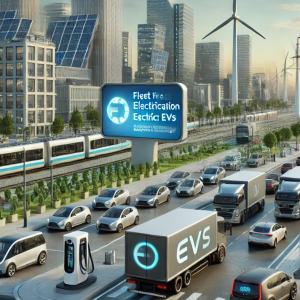The Car Carburetors Market continues to remain relevant despite the global automotive industry’s shift toward electronic fuel injection systems and electric vehicles. While carburetors are largely replaced in modern passenger cars, they still hold significant demand in classic cars, vintage vehicles, motorcycles, and developing markets where simpler engine technology is favored. The market is supported by a mix of restoration enthusiasts, cost-sensitive buyers, and regional markets that rely on conventional combustion systems.
Market Drivers
One of the main drivers is the restoration and customization culture, where vintage car and motorcycle owners prefer carburetors for their simplicity and authenticity. Carburetors are valued for being easy to maintain and cost-effective compared to complex electronic systems. Additionally, in regions where automotive technology transitions are slower, such as certain parts of Asia, Africa, and Latin America, carburetors remain widely used in affordable vehicles.
The aftermarket also contributes to demand, with replacement and performance carburetors playing a role in sustaining market growth. Many manufacturers continue producing carburetors in response to hobbyists, repair shops, and regional demand for cost-efficient solutions.
Regional Dynamics
Asia-Pacific remains the largest contributor due to the continued presence of carburetor-based vehicles in lower-income markets. North America and Europe, on the other hand, drive niche demand, particularly from classic car restorations and motorsports communities. The combination of heritage appeal and cost-effectiveness ensures the carburetor market retains a foothold even as newer technologies dominate globally.
Understanding Car Carburetors
The car carburetor is a mechanical device that was once central to the operation of internal combustion engines. Its primary function is to mix air and fuel in the correct ratio before sending it into the engine’s combustion chamber. By regulating this mixture, carburetors ensured smooth engine performance, reliable ignition, and efficient fuel consumption.
How Carburetors Work
Carburetors operate on the principle of air pressure differences. As air enters the carburetor through the intake, it passes through a narrowed section called the venturi. This creates a drop in pressure, which draws fuel from the float chamber into the airstream. The throttle controls how much air-fuel mixture enters the engine, directly influencing acceleration and power. Idle circuits, jets, and choke mechanisms are also incorporated to stabilize performance under different conditions, such as cold starts or high-speed driving.
Decline and Modern Relevance
While carburetors dominated automotive engines for decades, they have largely been replaced by electronic fuel injection (EFI) systems since the 1980s and 1990s. EFI provides more precise control over air-fuel ratios, improving fuel efficiency, reducing emissions, and enhancing engine performance. However, carburetors are still valued in certain areas. Classic car enthusiasts and restorers often prefer them for their simplicity, mechanical charm, and ease of tuning. Small engines in motorcycles, lawnmowers, and some off-road vehicles also continue to use carburetors due to their cost-effectiveness.
Conclusion
Though largely phased out in modern cars, the car carburetor remains an iconic component in automotive history. It represents a time when engine performance relied heavily on mechanical ingenuity. Today, carburetors still hold importance for vintage vehicle preservation and hobbyist mechanics, reminding us of the evolution of automotive technology.
Automotive Air Conditioning Market
Automotive Wiring Harness Market











